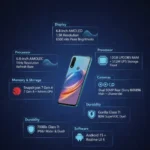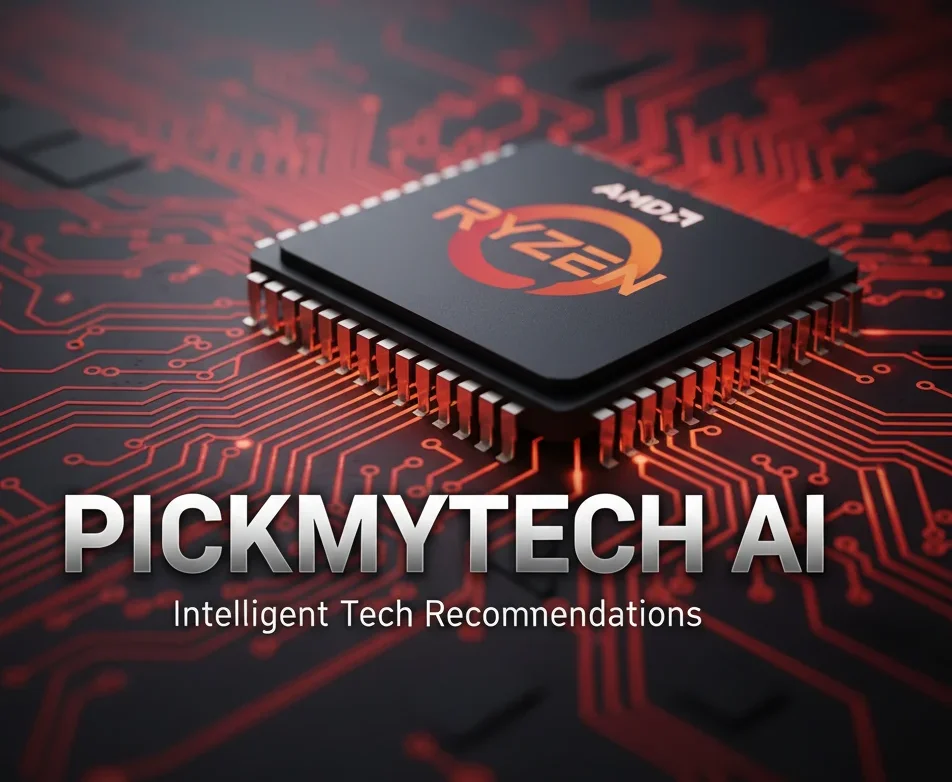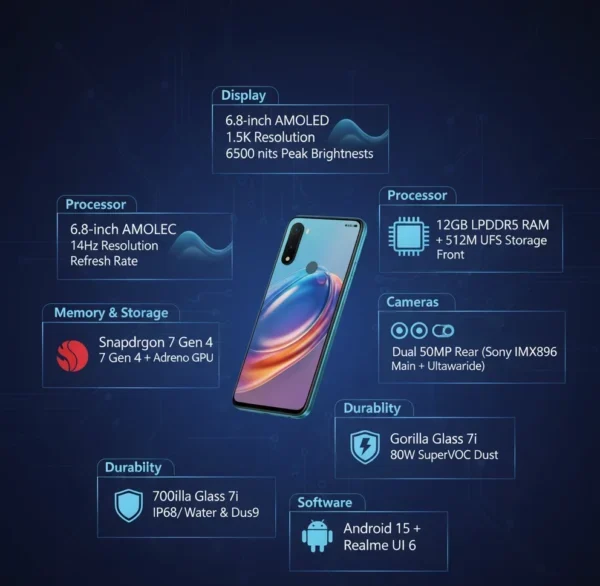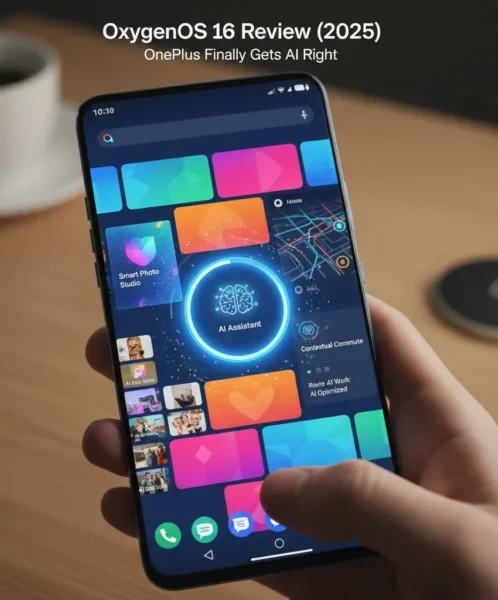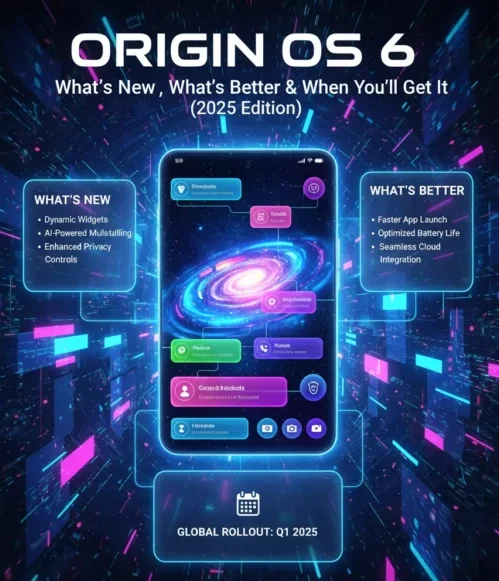If you’ve been around PCs for the last few years, you know Ryzen completely changed the way people look at processors. Before Ryzen, Intel was the obvious choice. Now, not so much. AMD came in with more cores, better prices, and honestly, a breath of fresh air for gamers and builders.
Here in 2025, the Ryzen 7000 series and the next ones rolling out keep that same energy. They’re faster, more efficient, and still give you a lot for your money.
Simple Breakdown
I’ll keep this easy. it’s split into tiers so you don’t get lost in model numbers:
- Ryzen 3 → Entry-level. Works fine for school, work, or casual use.
- Ryzen 5 → The go-to for gamers on a budget. Best balance of price and performance.
- Ryzen 7 → For streamers and multitaskers who want smoother performance.
- Ryzen 9 → Heavy-duty. Editing, rendering, anything power-hungry.
- Threadripper → Basically a monster CPU for professionals. Way more power than most people ever need.
The newer chips use Zen 4 architecture and a 5nm design. Translation: faster, cooler, and less power-hungry than older models.
Gaming
Most people shopping CPUs want to know one thing—does it run games well? Short answer: yes.
The Ryzen 7 7800X3D is probably the star here. Thanks to AMD’s 3D V-Cache, it crushes modern AAA titles. Whether it’s Cyberpunk or Elden Ring, you’ll see high frame rates without needing to go Intel. Even competitive shooters feel buttery smooth on high-refresh monitors.
And the best part? You don’t need to spend top dollar. The Ryzen 5 7600X still gives you solid FPS in big games while being much cheaper.
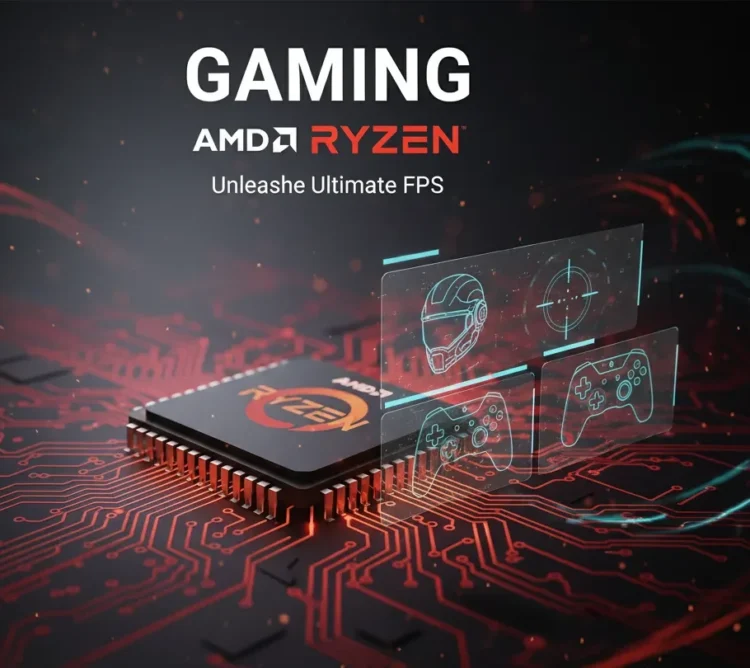
Day-to-Day and Work Performance
Ryzen isn’t just about games. If you edit videos, stream, or run big workloads, it really shines. For example, the Ryzen 9 7950X can handle 4K video editing, Blender rendering, and multitasking all at once without slowing down.
Even in regular use, like juggling music, Chrome tabs, and work apps, Ryzen feels smoother compared to older Intel machines. You don’t get that “laggy” feeling when your PC is busy in the background.
Features That Actually Matter
Here’s what stands out in Ryzen processors this year:
- AM5 socket → Supports DDR5 RAM and PCIe 5.0 (future-proof).
- 3D V-Cache → Big boost for games without crazy power use.
- Integrated graphics → Good enough for light gaming or if your GPU dies.
- Overclocking unlocked → Lets enthusiasts push for more.
- Better efficiency → Runs cooler and saves power thanks to the 5nm process.
Price in 2025
AMD still wins on value. Here’s the rough pricing:
- Ryzen 5 → ₹20,000–₹25,000 ($250–$300)
- Ryzen 7 → ₹30,000–₹40,000 ($400–$500)
- Ryzen 9 → ₹50,000–₹65,000 ($600–$800)
- Threadripper → ₹1.5 lakh+ ($1500+)
For the money, you often get more cores and better multitasking compared to Intel’s lineup.
Ryzen vs Intel in 2025
This debate never dies. Intel still has slightly faster single-core speeds, which helps in some niche cases. But Ryzen usually gives you:
- More cores for less cash.
- Better performance in multitasking.
- A gaming edge with 3D V-Cache.
- Lower power use and cooler temps.
- A platform (AM5) that’ll last longer.
If you’re a gamer or creator today, Ryzen often feels like the smarter long-term bet.
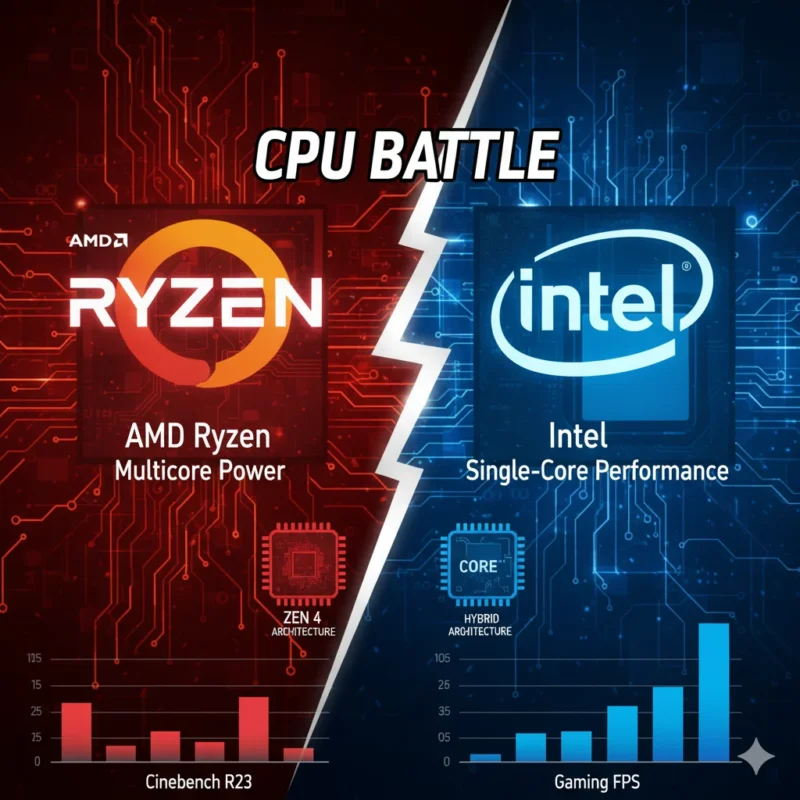
Final Take
Ryzen came in as the underdog, but in 2025 it’s more like the reliable choice. The 7000 series shows AMD knows what users want: strong gaming, solid multitasking, and pricing that doesn’t feel unfair.
If you’re gaming, a Ryzen 5 or 7 makes sense. If you’re editing or creating, Ryzen 9 is excellent. Threadripper is there if your work demands it.
Bottom line? Ryzen still gives you power, value, and peace of mind that your build won’t feel old in a year.
If you’re exploring premium performance, check out our blog on the Best Laptops Under 60,000 with AMD and Intel comparisons to make the right choice.

